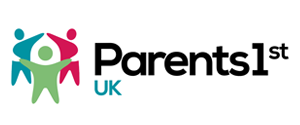You can’t know if your programme is achieving the desired outcomes until it is being delivered as intended to the majority of recipients.
So focus first on measuring whether or not you are delivering the programme as intended and improving that if need be. Then you can think about measuring outcomes.
What to measure
Measuring outcomes can be tricky. Often the overall outcomes of a programme will not be achieved for months or years. Outcomes can be difficult, costly, or time-consuming to measure well, for instance the outcome of good attachment between mother and baby.
- Use your Theory of Change to help choose which outcomes to measure – what are the intermediate outcomes that you might want to measure if the final outcomes are long-term and not possible to measure directly?
- What is it useful for you, as the people delivering the programme, to know? This is most important as this will help you make your programme better. Focus on this before moving onto what funders say they want.
- What is it actually possible to measure given the available tools, resources and capacity?
- Is there already a proven causal link between outcomes in your Theory of Change? If we already know that good maternal mental health supports attachment, then you don’t need to try and ‘re-prove’ that link.
There are more examples in our review and improvement guide which is downloadable below.
How to measure for outcomes
Outcome measures often require data from programme recipients themselves. This can be difficult, especially if volunteers are the ones to collect the data. Data collection tools can feel intrusive and it can be difficult to know how to fit them into a meeting.
It’s helpful to make the outcome measurement tool part of the programme. For instance, a tool which asks an expectant mum to rate herself on a scale from 0-10 on how prepared she feels for birth can be used within a conversation about how she is currently feeling.
For more information
Please download the Manual Guide: Reviewing and improving your programme below.
Manual Guide Reviewing and improving your programme
Added 13/05/2025Please sign in to download this file.

